How To Successfully Plant Shrubs In The Garden
Shrubs are the backbone of any garden. They provide architectural interest, substance, texture color and framework to showcase our favorite perennials and annuals. Whether they be deciduous or evergreen, there are shrubs that fit beautifully into any design. They all have 1 thing in common: the need for a good start in life. This is all about how to plant shrubs in the garden successfully.
Shrubs can be formal or informal, used as a hedge for privacy, be specimens or focal points, grow along a fence or wall, provide allure through foliage and/or flowers, lend interest to the otherwise bleak winter garden, and be low ground covers or 15′ tall. Shrub choice is very important. You want to make sure it’s well-suited for the location.
For my small patio garden, I chose Dwarf Olive, Dwarf Myrtle, and Lantana “Dallas Red” because they all stay relatively small, can take sun and heat, and require little water. These last two things are very important here in the Sonoran Desert!
Video Guide:
Tips for Planting Shrubs
As I said above, plant selection is key – choose the right shrub for the right spot.
If you’re planting a new bed, make sure the soil is good and worked over. Before starting any big project, you might consider getting your soil tested 1st. You can get through it done through your local cooperative extension office or get a basic test kit online.
Make sure your shrubs are well watered. You don’t want them to be stressed when planting.
Dig holes at least twice as wide as the root ball. Loosen the soil on the bottom of the hole; you’ll see how I do this in the video. Remove any large pieces of roots and rocks.
Fill the holes with water. If you’re in a climate with a lot of rain & the ground is thoroughly moist, you can skip this step.
After the water has drained, add in a layer of good organic compost (the amount will vary depending on the size of the grow pots) in the bottom of the holes. Water that in also.
Squeeze the pots to get the shrubs out. If they’re being stubborn, then gently step on the pots. You’ll see this in the video. 99.9% of the time this works like a charm!
Most shrubs have strong and tight root balls. You’ll need to massage them to loosen the roots (especially those at the bottom) so they can spread and grow easier.
Put the shrubs in the holes and give them a turn to find their good sides. Plants have good sides just like we do!
Fill in the holes with a ratio of 2/3 native soil and 1/3 compost. Water well as you go along.
In the top 2-3 “, sprinkle in a few handfuls of worm compost. This is my favorite amendment. You can use an all purpose organic fertilizer if you prefer. Either will do the trick.
Cover with the native soil and top that with a few inches of compost. You want the root balls to be completely covered.
Lastly, water your shrubs in well. Don’t forget to keep them well watered while they’re establishing.
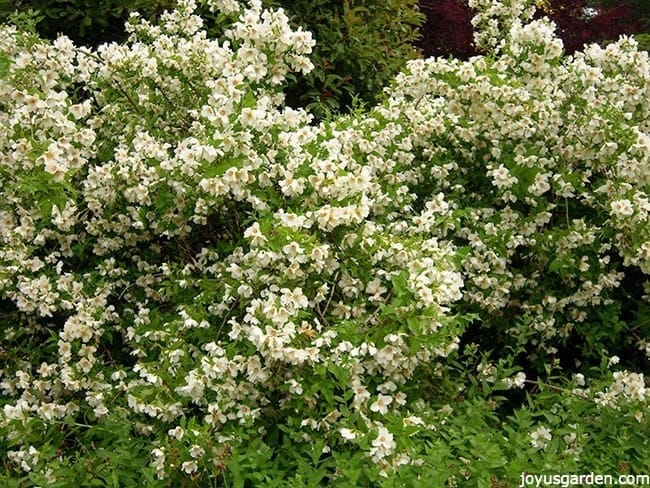
You can plant shrubs any time of year that the soil is workable. I’m planting in spring because the selection is newly stocked up and the temperatures aren’t too blasted hot yet here in Tucson. Late summer/fall (with enough time to grow in before the 1st frost) is also a great time to plant because the days are warm and the evenings are starting to cool a bit.
Planting in spring or fall makes it easier for the plants to settle in. Many favor fall as the best time to plant shrubs, as well as trees. Summer is fine but just know that the plants will have to be watered more and settling in may take a bit longer.
I planted my shrubs here in 1-gallon pots because plants grow fast in this heat. If you want yours to be larger from the start, then buy them in 5- or 15-gallon pots.
Happy gardening and thanks for stopping by,

You May Also Enjoy:

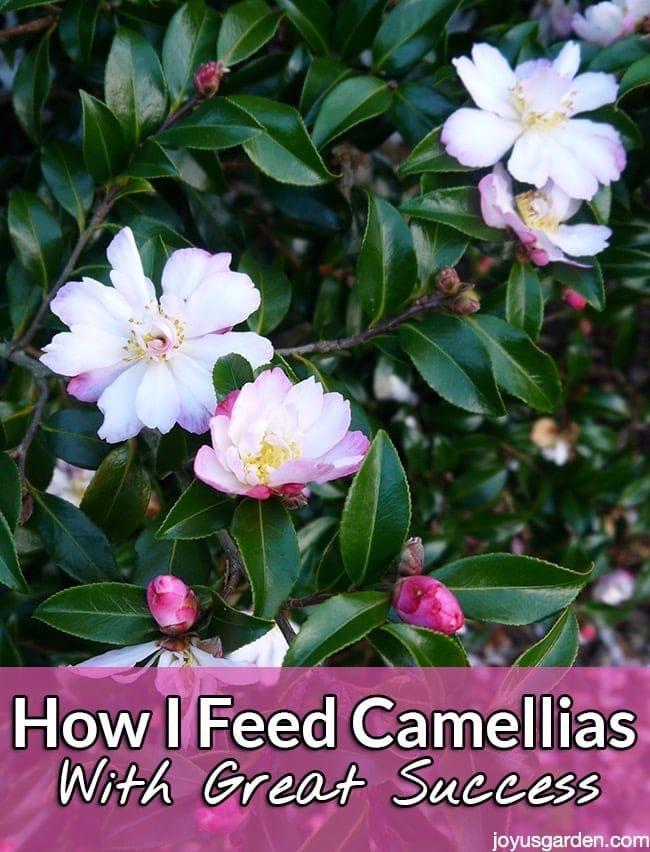
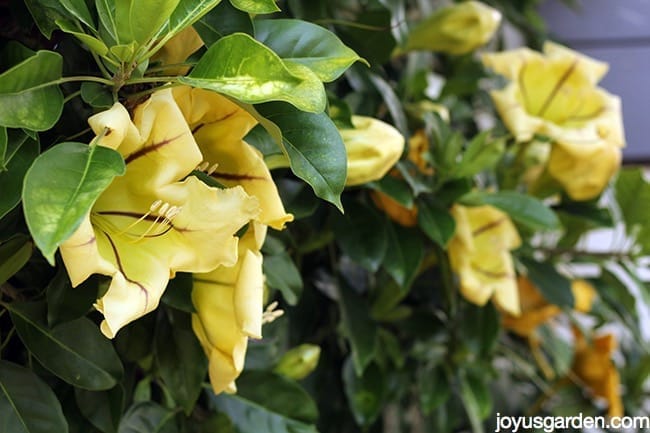
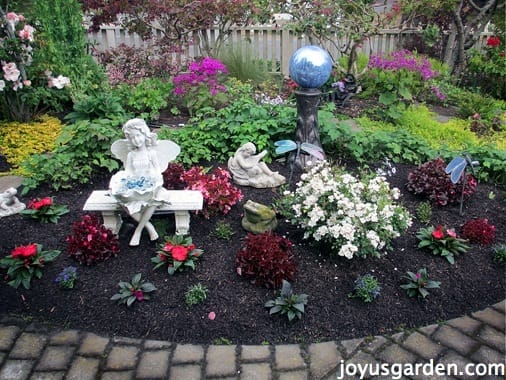

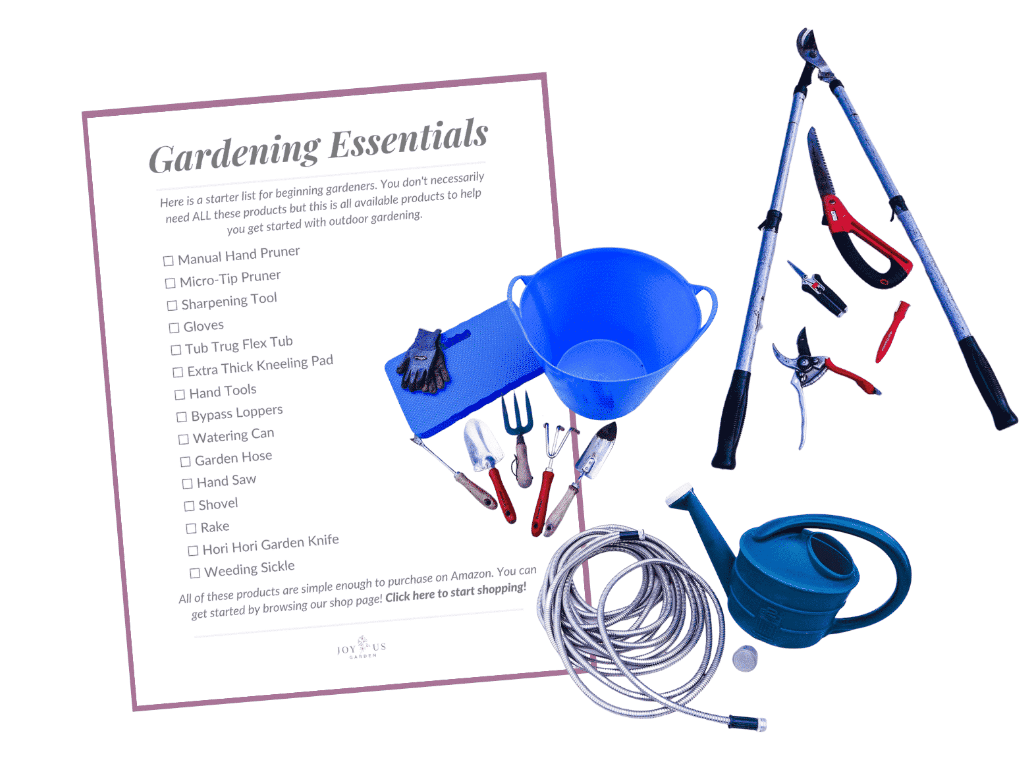
I’ve just recently moved to Green Valley, AZ, and found this video while searching for how to plant a bougainvillea. It’s very informative. Thanks so much. I’ll be searching for more from you as we design the garden in the back yard.
Hi Cathy – Oh great! I’ve done many posts on bougainvilleas. Here’s one on how to plant them: https://www.joyusgarden.com/how-to-plant-bougainvillea-to-grow-successfully-the-most-important-thing-to-know/ Hope that helps, Nell
Oh my goodness. I was searching for information on planting new bougainvillea and came across your site… a fellow Arizonian no less 🙂 Your website has been so much help. Thank you!
Hi Nancy – you’re most welcome! I’ve grown bougies on the CA coast & now here in the Arizona desert. Can beat them for color. Here’s a post I did on planting them in case you haven’t seen it: https://www.joyusgarden.com/how-to-plant-bougainvillea-to-grow-successfully-the-most-important-thing-to-know/ Nell